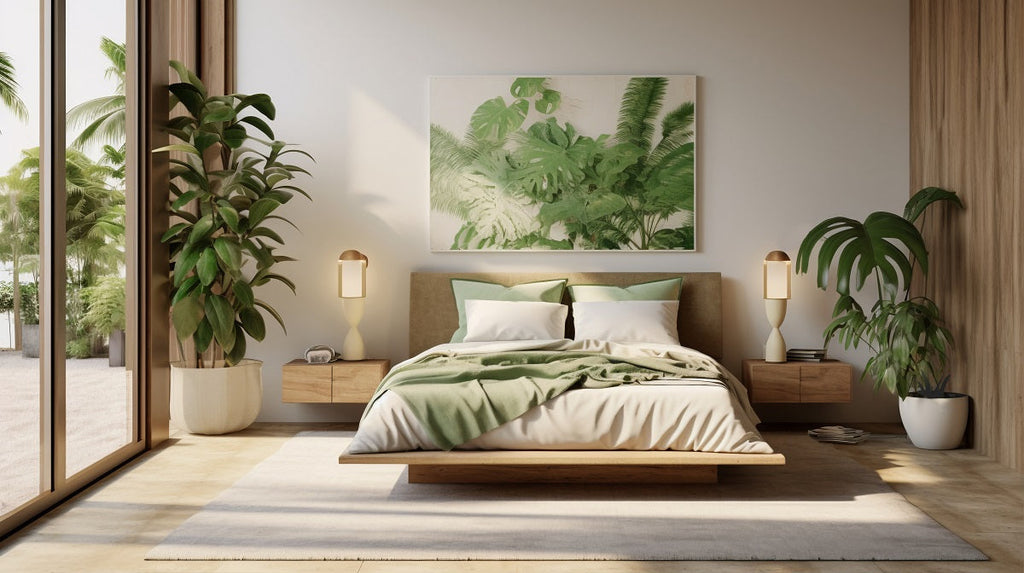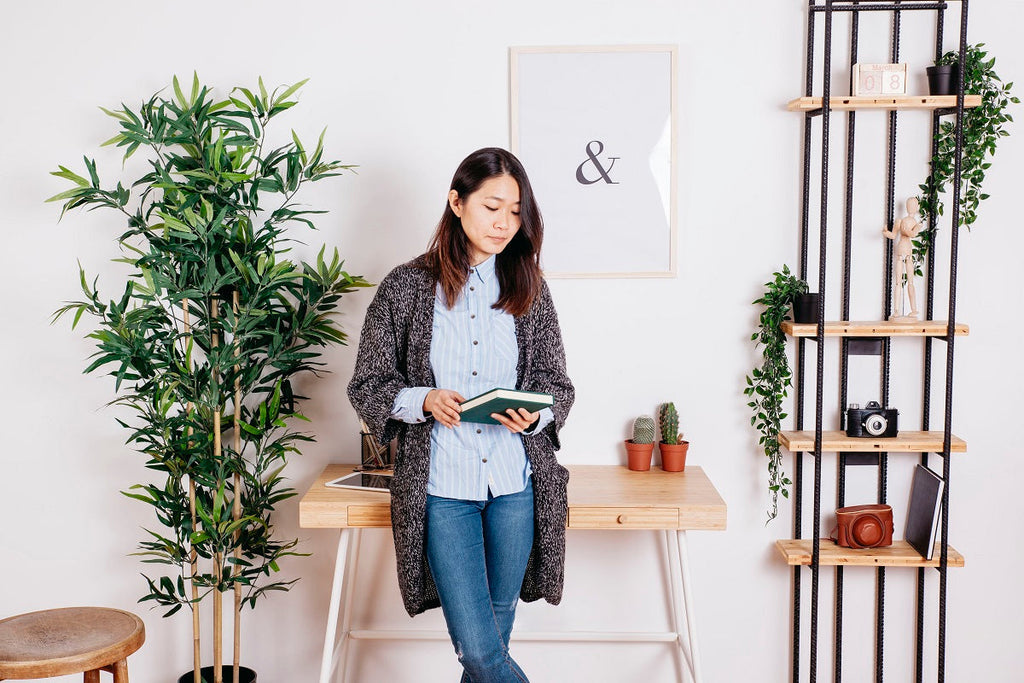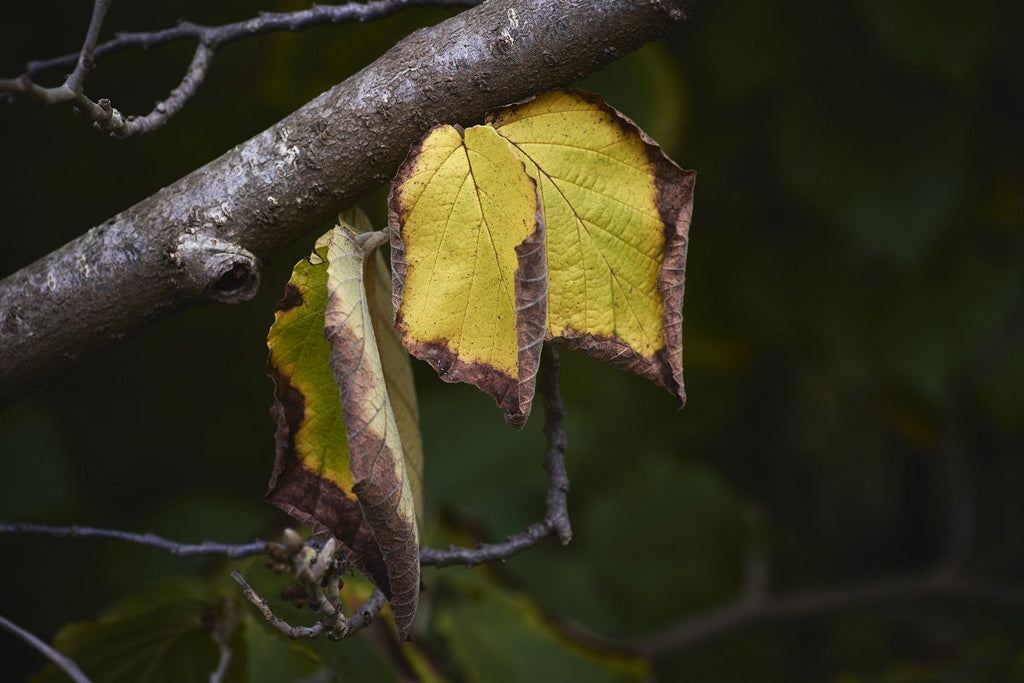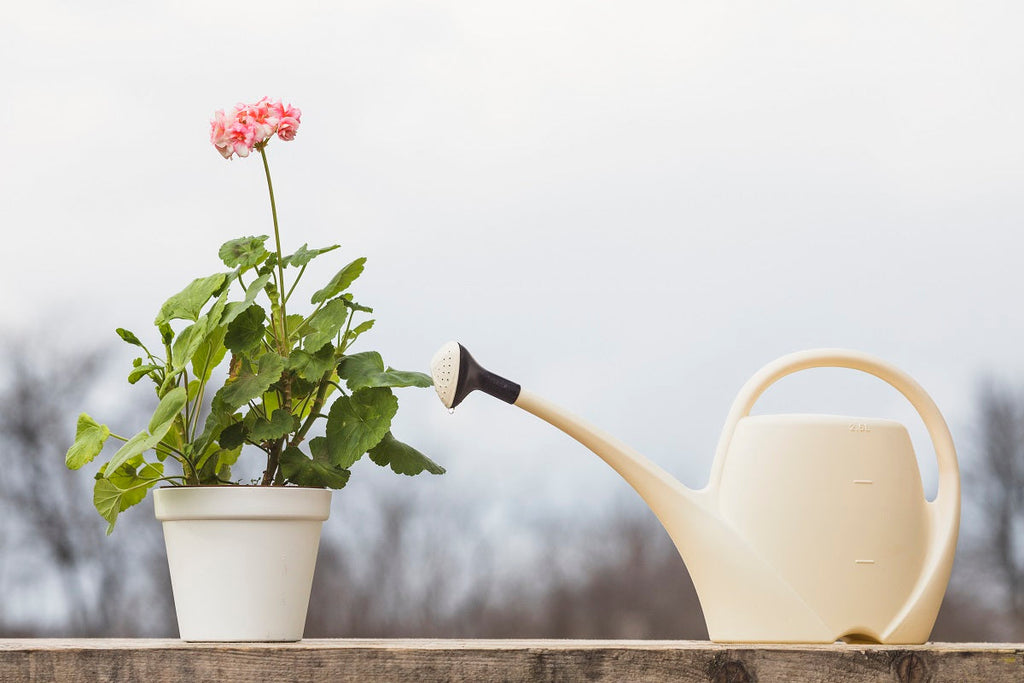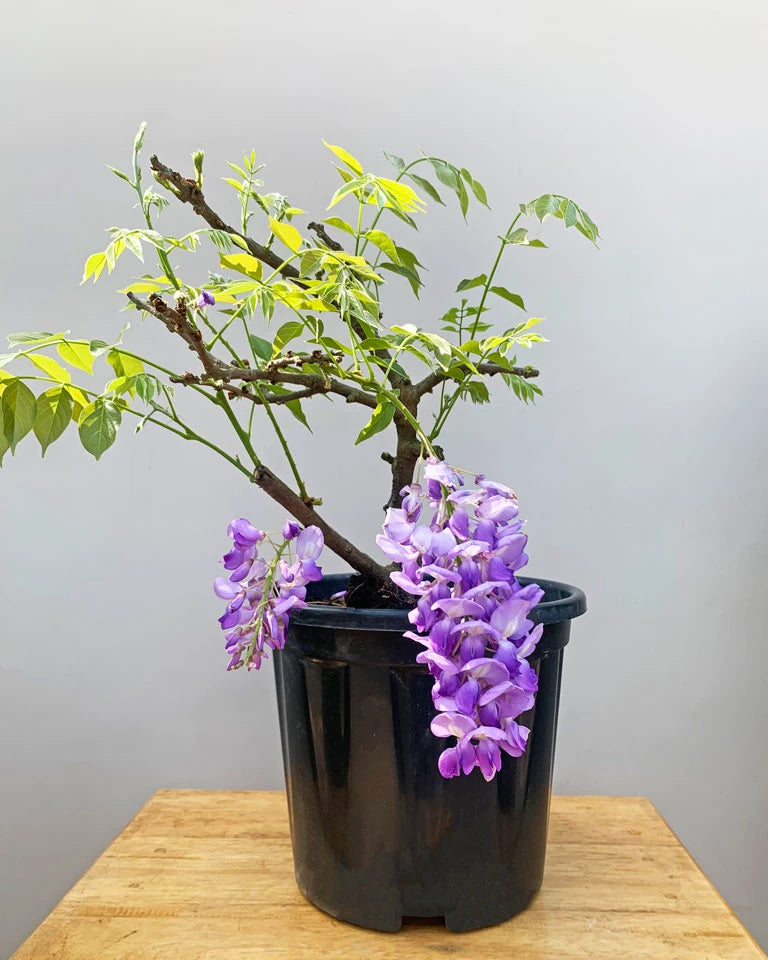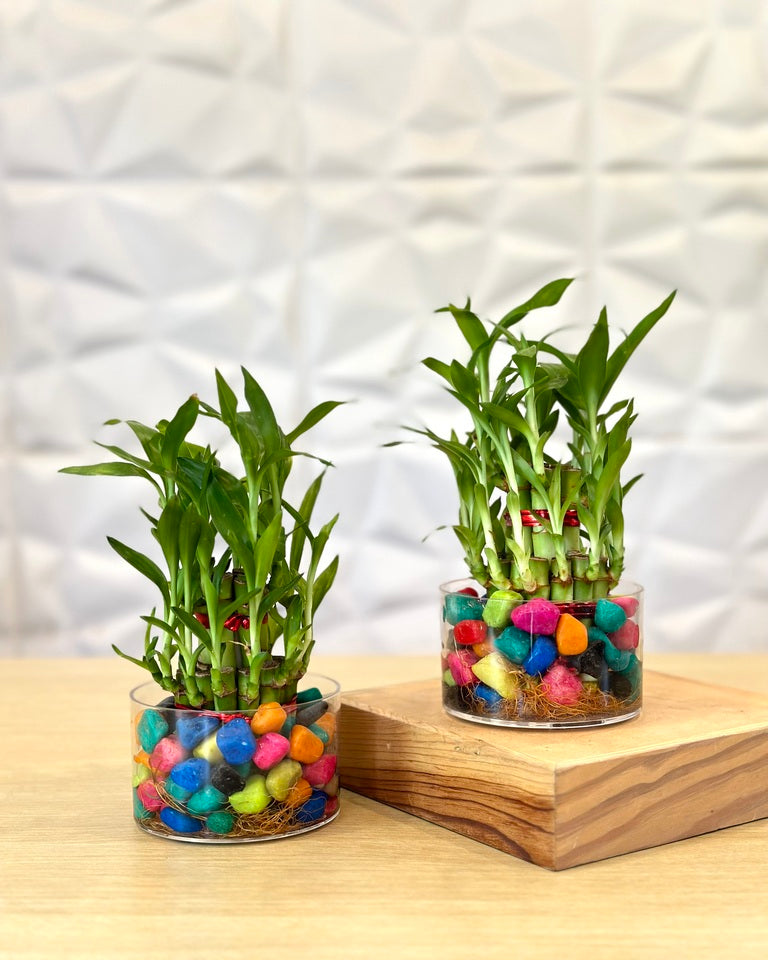
How To Water Your Plants

Thousands have lived without love, not one without water. – W. H. Auden
Our beautiful planet has around 374,000 species of plants, and not a single one can live without water. But unfortunately, many of us go wrong with the one primary thing we need to do for our plants: Watering. Unknowingly, we tend to underwater or overwater them, which adversely affects the plants’ health. As plant parents, the watering technique is something we need to get right first. To understand that, we need to know that every plant is different, so their watering needs are different.
Most importantly, many factors will alter or affect your watering schedule, like the humidity, temperature, sunlight, winds, type of plant, time of their seasons, the health of your plant, etc.
Tell us, have you ever encountered that some of your plants started turning yellow even when you water them daily, or their leaves started to curl? Due to this, your plant eventually takes its last breath. These situations occur due to the under-watering and over-watering of plants!
Hence, the pressing question that arises is – what is the right amount of water your plant needs?
To best answer this question, let’s divide the plants into three categories depending on their thirst – Low, Medium, and High water requirements.
Low: These are the ones that need water thrice or once a week. Mostly succulents and cactus fall in this category. To identify their health condition, you can observe water is collected in their modified leaves, which start to crumble if you add too much water! Besides, the purpose is to let their entire root system dry for the next watering. However, their roots are very tiny, and if they are not allowed to dry out completely, which might kill the plant.
Some popular low watering plants are –
Medium: These are the ones needing water every 4-5 days. Generally, indoor plants fall in this category. They are very forgiving, or you can say low maintenance plants. Houseplants don’t require direct sunlight. Direct sunlight can harm their leaves. Leaves of these are waxy and often highly textured.
Some popular medium watering plants are –
High: Plants in this category require water daily or alternate days. Most vegetables, herbs, and outdoor plants come in this category. They require a good amount of sunlight, nutrients, and lots of water. One way to check the required amount of water is by dipping your finger in the soil, and if the soil sticks to your finger, then no extra water is needed.
Some popular high watering plants are –
- Elephant ear plant
- Philodendron
Since plants are 70% of water, proper watering of them is crucial. So every time you water your plant, the first thing you need to do is check whether the soil is dry or not. And water it accordingly.
Also, you can go for a self-watering pot to help preserve water and minimize wastage. Biggest benefit? They retain the nutrients of the plants, which in turn keeps the roots healthy! They also protect your plants from harmful diseases.
To make things easier for you, we have collated all the things you need to ensure healthy growth & pattern:
- Focus on roots – Giving water to soil makes it an ideal method because it provides hydration right where it’s needed and helps in keeping diseases from developing and spreading.
- Water early in the morning – The most suitable time for watering plants is from 5 am to 10 am because at this time, the leaves have a better chance to dry out and evaporate quickly throughout the day when temperatures tend to warm up. The longer the moisture stays in the leaves of the plants, the greater the risk of contracting the disease.
- Drainage hole in the pot – Drainage hole is necessary for the pot as it allows the excess amount of water to drain away. It helps in the prevention of overwatering and waterlogging in plants.
- The temperature of the water – The temperature of the water should be at room temperature. Extremely cold water harm plants by damaging their roots. In general, watering plants with overly hot or cold water will shock their system. Hence the best water temperature for plants is room temperature.
- Choose a sprinkler – The top of the plant needs water and the roots, and a sprinkler can deliver that without damaging the leaves. Sprinklers are also less likely to wash soil away from the plant and present a more even supply of water to the root system.
We guarantee your plants will thank you with a beautiful bloom if you take care of them like babies with the above steps!




